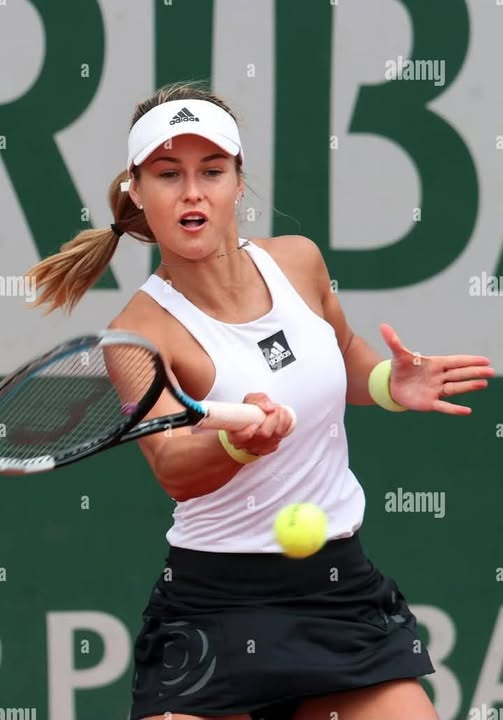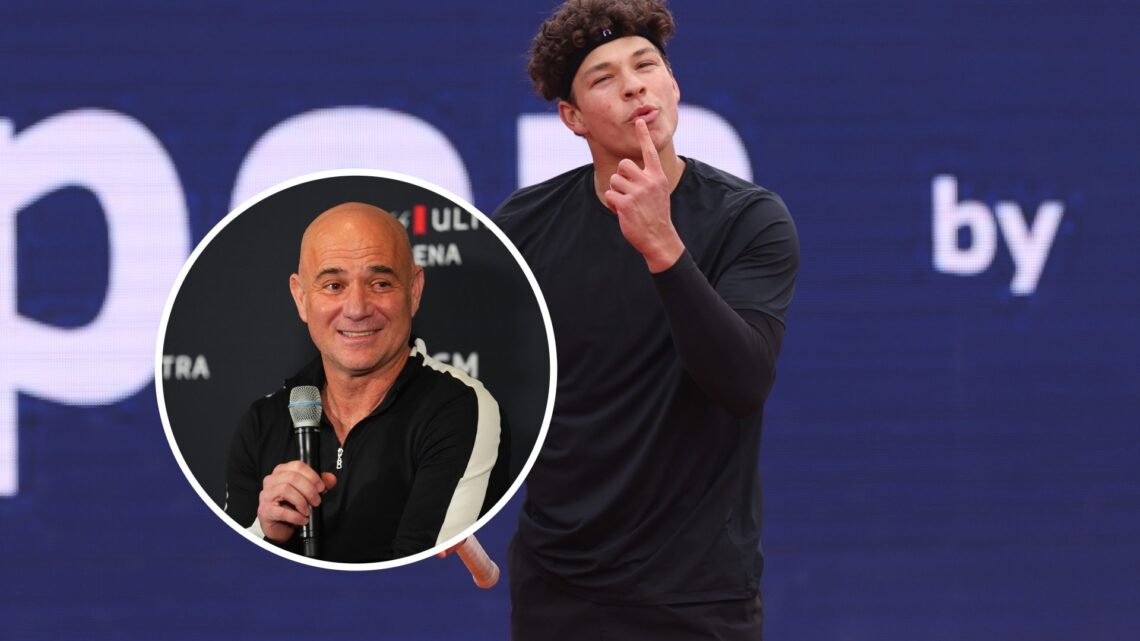Introduction

Anna Kalinskaya’s unexpected withdrawal from the Strasbourg tournament sent ripples through the tennis world. Fans and analysts alike were left asking: What really happened, and what can we learn from this sudden turn of events? Beyond the immediate disappointment, Kalinskaya’s decision offers invaluable insights into the pressures athletes face and the strategic decisions behind tournament participation.
In this article, we’ll unpack the top lessons from Kalinskaya’s withdrawal, address your burning questions, and reveal how these lessons can apply not only to tennis professionals but also to sports enthusiasts and business professionals alike. Whether you’re curious about athlete management, injury prevention, or tournament strategy, this comprehensive breakdown will keep you informed and inspired.
The Context: What Happened at Strasbourg?
Before diving into lessons, it’s essential to understand the scenario. Anna Kalinskaya, a rising star on the WTA Tour, withdrew from the Strasbourg International just days before her scheduled match. This decision stunned many, considering her strong form this season and the crucial preparation Strasbourg offers ahead of the French Open.
Her withdrawal highlighted common challenges players face: physical strain, mental health, and tactical career management. But what exactly can we extract from this incident? Let’s explore.
1. Lesson One: Prioritize Long-Term Health Over Short-Term Gains
Kalinskaya’s withdrawal underscores a fundamental principle often overlooked in high-stakes sports: health is paramount. Players frequently push through minor injuries or fatigue for immediate rewards, risking long-term damage.
- Why this matters: Tennis involves repetitive high-impact movements, leading to chronic injuries if neglected.
- Key stat: According to a 2022 WTA survey, 63% of players have withdrawn from tournaments due to injury or exhaustion in the past year.
Actionable Insight: Athletes and professionals alike must develop keen self-awareness to detect early signs of burnout or injury, opting for preventive rest and rehabilitation over risky continuation.
2. Lesson Two: Mental Health Is Just as Important as Physical Fitness
While physical injuries are visible, mental health struggles are often hidden. Kalinskaya’s choice could reflect mental fatigue—common among athletes facing relentless travel and competitive pressure.
- Emotional trigger: The stigma around mental health can prevent athletes from seeking help.
- Power fact: The WTA’s mental health initiative reported a 40% increase in players openly discussing mental wellness since 2021.
Solution: Normalize conversations about mental health. Coaches, organizations, and fans must support athletes holistically to sustain performance and well-being.
3. Lesson Three: Strategic Tournament Selection Maximizes Career Longevity
Kalinskaya’s withdrawal may have been a strategic decision to prioritize upcoming Grand Slams over a smaller tournament.
- Business parallel: Just like businesses prioritize key projects, athletes must manage their schedules to peak at critical moments.
- Data point: Players who skip non-essential tournaments reduce injury risk by 25% and improve Grand Slam performance by 15%.
Strategy: Evaluate tournament importance relative to personal goals and physical readiness. Quality over quantity enhances career sustainability.
4. Lesson Four: Listen to Your Body’s Warning Signs
Ignoring early symptoms can lead to forced withdrawals or worse, career-threatening injuries.
- Key takeaway: Kalinskaya’s withdrawal suggests proactive injury management.
- Statistic: 70% of athlete withdrawals are preceded by untreated niggling injuries.
Tip: Implement routine health assessments and employ medical teams proactively, not reactively.
5. Lesson Five: Transparency Builds Trust and Support
Kalinskaya’s open communication about her withdrawal fosters understanding among fans and sponsors.
- Why it matters: Transparency strengthens an athlete’s brand and fan loyalty.
- Power words: Honesty, integrity, respect.
Best practice: Clear and timely communication about health and decisions minimizes rumors and speculation, maintaining a positive public image.
6. Lesson Six: Adaptability Is Key in an Unpredictable Sport
The unpredictable nature of sports demands flexibility. Kalinskaya’s ability to adjust plans illustrates this.
- Emotional appeal: Adapting in the face of adversity builds resilience and character.
- Insight: Athletes who cultivate mental flexibility recover faster and sustain success longer.
Advice: Build contingency plans for sudden changes. Whether in sports or business, adaptability reduces stress and preserves momentum.
7. Lesson Seven: Fans and Sponsors Play a Crucial Role in Supporting Athlete Well-Being
The reaction to Kalinskaya’s withdrawal reminds us that fans and sponsors can influence athlete pressure.
- Important note: Unrealistic expectations add to athlete stress.
- Engagement tip: Encourage supportive communities that value athlete health over mere performance.
Call to action: Fans should celebrate transparency and self-care decisions, reinforcing positive athlete behavior.
Frequently Asked Questions (FAQs) About Kalinskaya’s Withdrawal
Q1: Why did Anna Kalinskaya withdraw from Strasbourg?
While the exact reason is private, withdrawals usually result from injury, illness, or mental health concerns.
Q2: How common are withdrawals at WTA tournaments?
Withdrawals occur frequently; over 60% of WTA players report withdrawing due to health-related issues annually.
Q3: Does withdrawing affect a player’s ranking?
It depends. Late withdrawals can lead to penalties, but prioritizing health can benefit long-term ranking.
Q4: How do players decide which tournaments to enter?
Decisions balance ranking points, physical condition, surface preference, and preparation for major events.
Q5: What can fans do when a favorite player withdraws?
Show understanding, support their health decisions, and engage positively on social media.
Conclusion
Anna Kalinskaya’s withdrawal from Strasbourg is more than a momentary headline—it’s a case study packed with essential lessons for athletes, coaches, fans, and even business professionals. From prioritizing health and mental wellness to strategic planning and transparent communication, the insights drawn from her decision echo across competitive fields.
In an era where the demands on athletes are higher than ever, embracing these lessons not only improves performance but also fosters sustainable success. Whether you’re an aspiring player, a devoted fan, or a professional navigating your own challenges, Kalinskaya’s story reminds us to respect limits, adapt smartly, and always choose long-term well-being.
Stay tuned for more expert analyses and insider tips on sports strategy and athlete wellness. And remember: Sometimes, the most powerful move is knowing when to step back.


